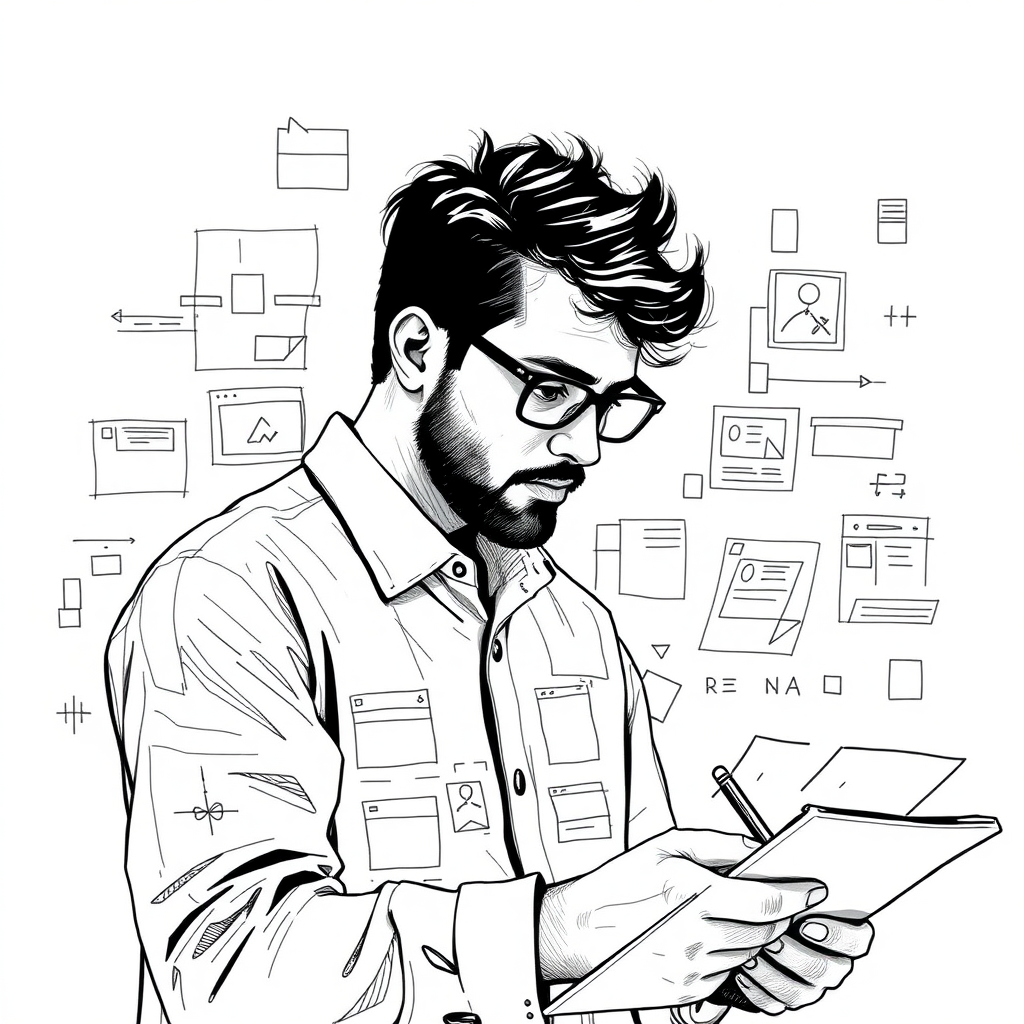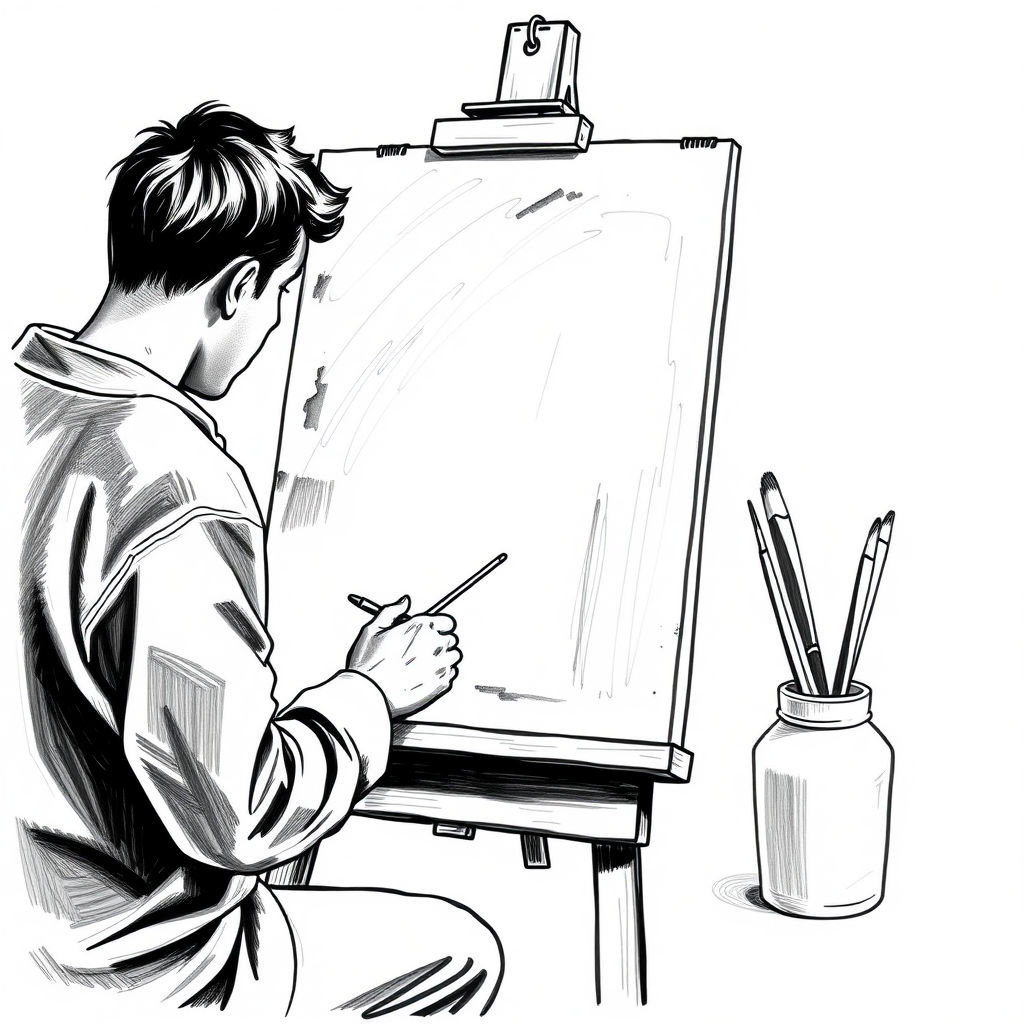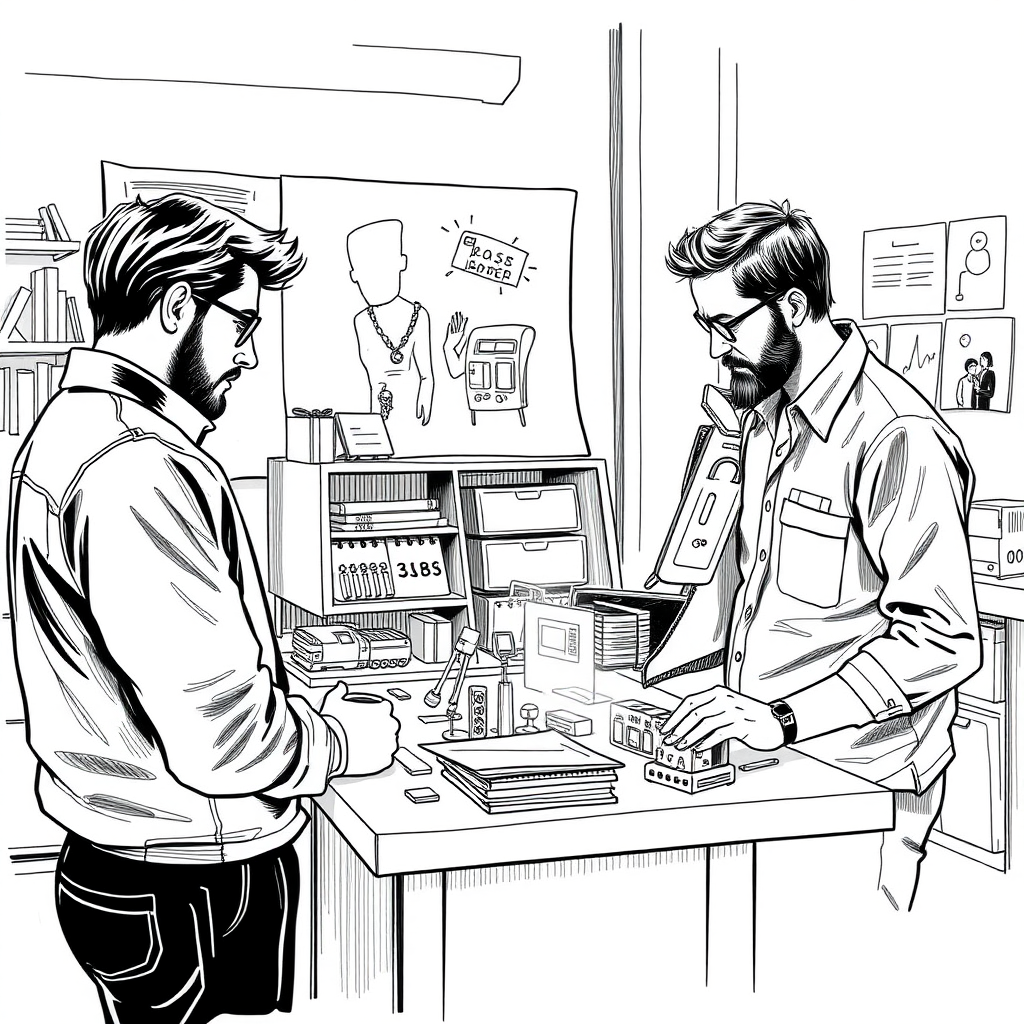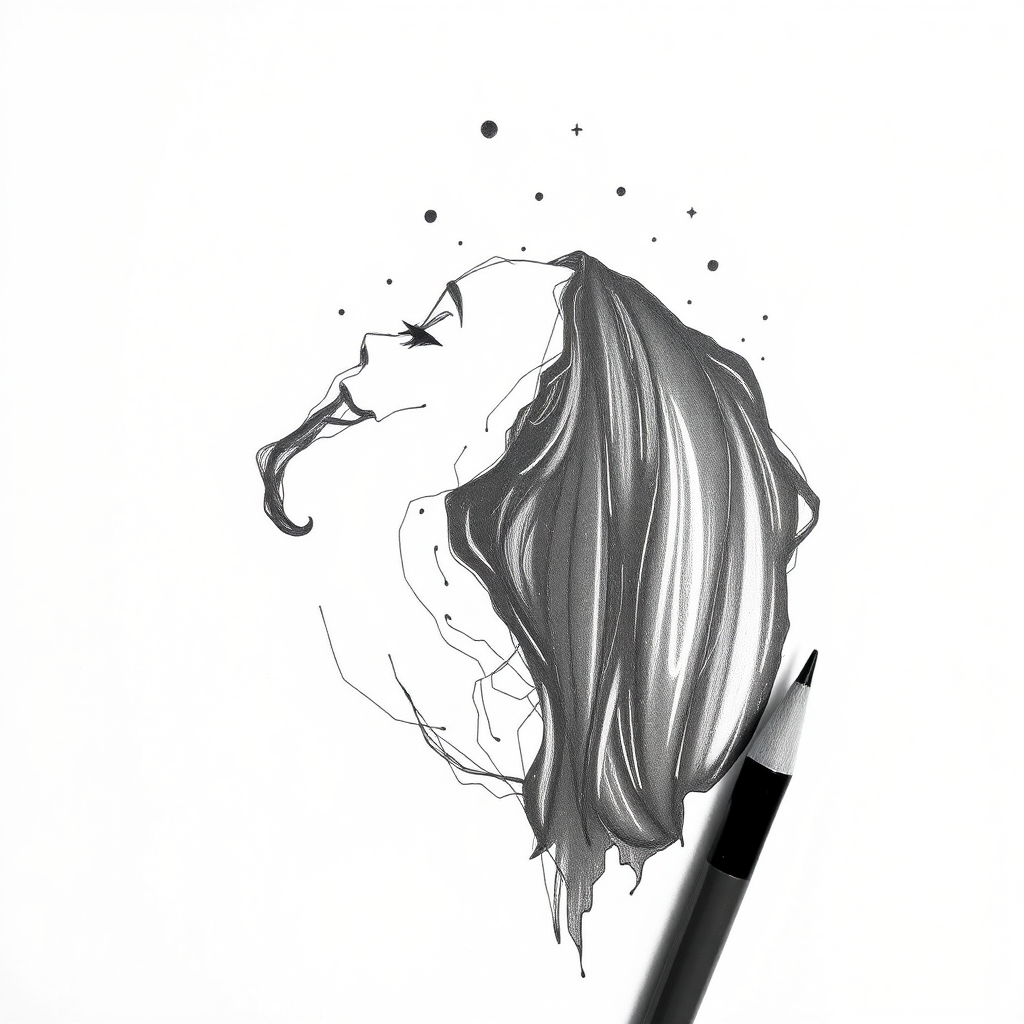The role of a designer on a product team involves creating and refining the visual and user experience aspects of a product. Here’s a breakdown of their key responsibilities and contributions
User Experience (UX) Design
Normally, the Product Manager does the Usability Testing and Product interviews, which is the research part of the UX design. Preferrably, the designer is there with the Product Manager during the testing.
Once the user needs are defined clearly, it’s the designer builds wireframes and prototypes usually on Figma. Then passes them back to the Product Manager for some more testing.

It’s the designers job to adhere to the needs of the persona that the product is meant for. For example, if the product is built for people, who would ask a clerk for help in a physical store, then the designer builds a prominent and self-evident search bar.
User Interface (UI) Design
The next part is widely understood by most, as the designer has to take care of the color schemes, shapes, typography, iconography, and overall feeling conveyed with the visual design.

Designers also build different versions for desktops, tablets and mobiles to help the engineers make the design responsive.
And finally, the design role is supposed to take into account the Interaction Design, which is concerning with the buttons, forms, transitions aiming to provide smooth and engaging interactions.
Collaboration With Other Roles
The designer role works closely with the developers to provide them the assets they need and ensure the product is built according to the design. Oftentimes, they conduct design reviews, offering feedback to ensure the final product matches the intended user experiece.
They also have to collaborate with the Product Manager helping to define the product vision by starting with the problem to be solved, product goals and user stories. The designers are contributing to prioritizing features based on user needs and business goals.

Designers also create different versions of the design to conduct A/B testing. It’s an iterative process, in which they improve the previous prototypes and pass them to the Product Manager to test with them. Then they receive feedback and do it all over again until a High-Fidelity Prototype is discovered.
Brand Consistency and Guidelines
A reputable company should have a Brand Guidelines for creating Intellectual Property. It’s the designers duty to adhere to those standards and make sure the resulting product is within them.
The reason for that is it’s quite important for a brand to be consistent. Brands that behave differently lose trust. This has to do with how we are wired as human beings. We prefer people and brands to remain consistent, even if we don’t like how they are to begin with.
In conclusion, a designer on a product team ensures that the product is appealing to the personas that it’s built for by providing smooth and engaging experience to those users matching the particular persona. It’s important to note that, one functionality can be designed differently and implemented simultaneously to adhere to more than one persona. For example, building persistent navigation and providing search functionality, so both the user who likes to browse, and the one who likes to ask for help can be satisfied.


Leave a Reply